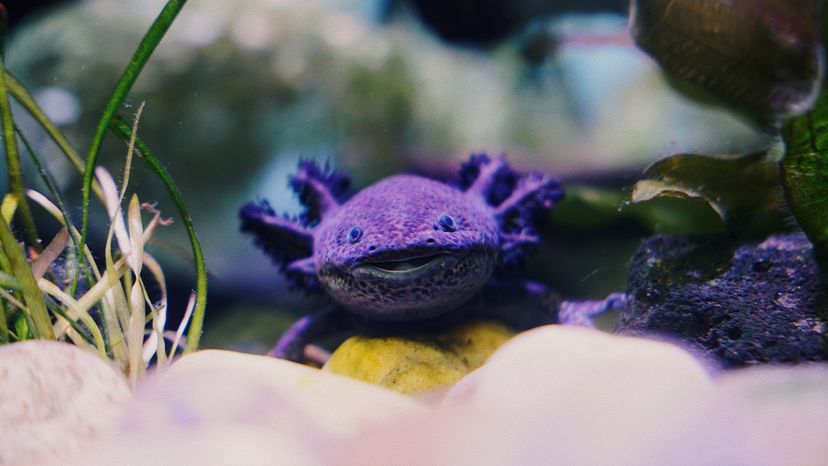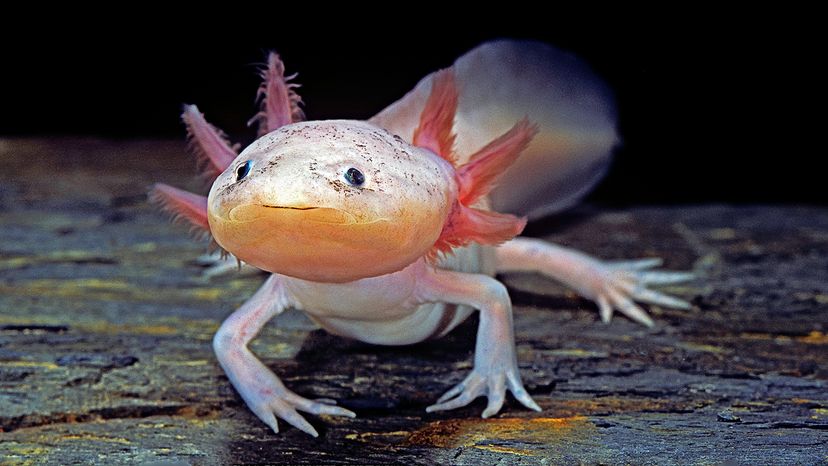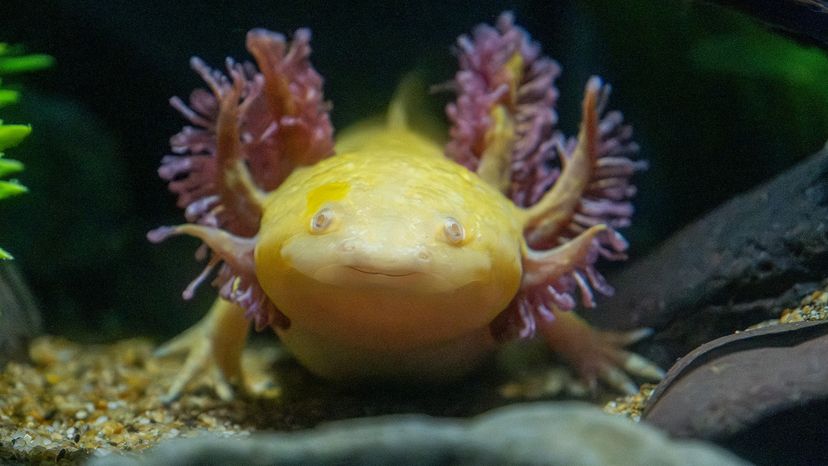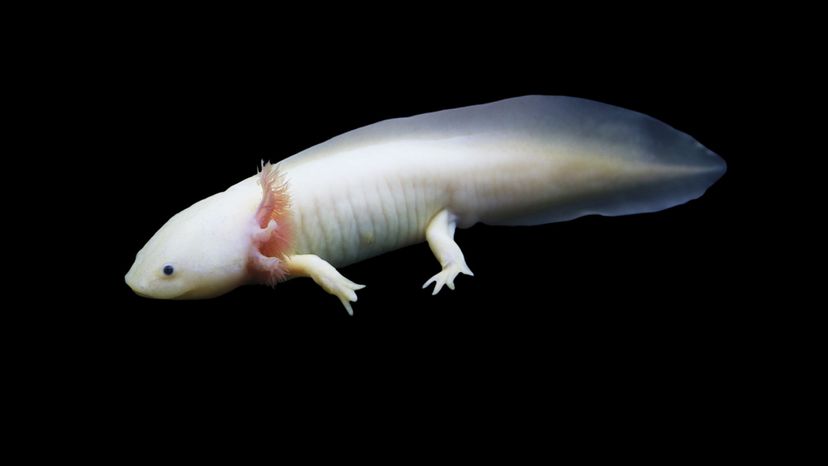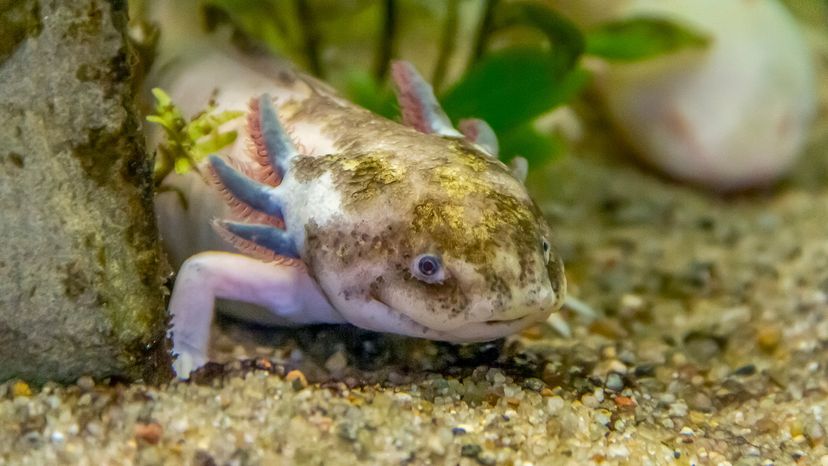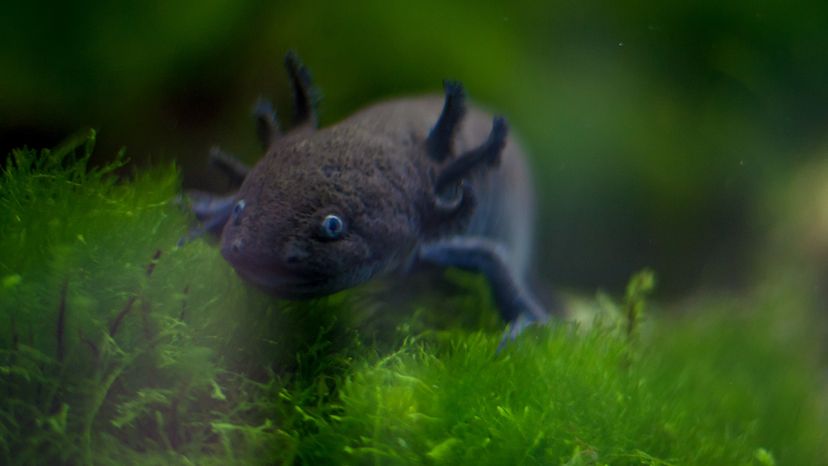
Axolotls aren't just adorable; they're a marvel of biology and genetics. The different types of axolotl morphs showcase a range of stunning colors, patterns and genetic traits. From golden to glowing, here's a look at some of the most eye-catching axolotl morphs.
Advertisement
